Microverse Review - An Indian Alumni Experience
by Abhigyan
In this Microverse review, I unveil how Microverse groomed me for remote job interviews and helped me get a full-time remote job at an American company.
I graduated from Microverse as a Full Stack Developer in March 2021 and landed a remote job in May 2021.
Since then, I’ve been approached on Linkedin and by email by people who are interested in becoming a web developer and landing a remote job.
This article consists of Q&A that I usually have over Linkedin chats regarding Microverse. I hope that this article helps you make an informed decision on whether you want to join Microverse.
If I have left anything out, please leave a comment and I would reply as soon as I can and update the article. Let’s begin!
Disclaimer: This article contains affiliate links where I may receive a small commission at no cost to you if you choose to purchase a plan from a link on this page. You can read the full affiliate disclosure on the disclaimer page.
IN THIS POST :
ToggleWhy did you choose Microverse over other coding BootCamps?
I wanted to get a full-time remote job as a web developer, which is not very easy when you are a fresher in the industry. Moreover, I wanted the course to be remote as well.
Moreover, Microverse has a policy that you don’t have to pay unless you get a job in which you earn more than $1000/month.
I didn’t want to move to a new location for learning web development and so I decided that I would attempt their entrance test first and see where I stand.
Don’t you think $15000 (~ 12 lakhs INR) is a huge amount for the course that you can learn for free?
Yes, I do think this is a really hefty amount, at least for students from third-world countries.
But at the time of applying, I could not find other remote coding schools that offer around a minimum of 80,000 INR per month salary, that too for freshers.
Usually, students are able to pay back the entire amount within 5 years of getting the job, by paying 15% of their monthly salary.
I had already made up my mind that I would only work in a company that supports full remote work culture and flexible work schedules, which would be difficult to land from local coding schools.
Microverse also provided the unique opportunity of collaborating with fellow developers from around the world, pair-programming, and developing soft skills along the way, which I couldn’t have gained from Udemy classes or Youtube tutorials.
Of course, I did apply for various remote web developer positions before joining Microverse, but all I received were rejection emails. My portfolio didn’t have any industry-level projects and I didn’t have appropriate remote interview skills.
My experience as a freelancer did not really count when applying online since I was competing with professionals with years of experience.
So I decided it was worth joining Microverse to buff up my portfolio and learn the skills that would help me tackle remote interviews.
How difficult is the entrance test of Microverse and how to prepare for it?
Not very hard if you know the basics of HTML, CSS, and Javascript. Microverse is designed for people who are new to web development and so the coding rounds are designed at the beginner/intermediate level.
That being said, they are not very easy either. Certainly not something that you can clear without spending some time working on your coding skills.
When I applied in March 2020, out of around 50,000 applications per month, Microverse only picked up around 50-55 students per batch. The competition will be more now comparatively, I believe.
Microverse offers a ‘Level Up’ program for people who have no prior coding experience so that they can have a basic understanding of what web development really is.
Through the ‘Level Up’ program, you can learn the basics of HTML, CSS, and Javascript along with other potential candidates which will help you clear their coding rounds on your first try.
I can’t say much about the ‘Level Up’ program because I didn’t join it.
I had previously learned HTML, CSS, and Javascript from freeCodeCamp and Udemy courses, and I believed the fundamentals taught there were enough to clear Microverse’s coding rounds.
How many rounds do I need to clear to get accepted by Microverse?
Three rounds. Actually, there are two technical rounds. The last one is a non-technical video interview round where they ask you general questions about yourself.
So after signup, you’ll receive an email that will take you to Hackerrank, where you need to solve three Javascript questions that have a beginner difficulty level. You get 3 hours to solve the problems.
The next round is called ‘The Microverse Trials’. Here you get the firsthand experience of collaborative learning and pair-programming so that you can decide if this is the right program for you.
At this stage, you’ll receive a ‘Check-In’ form through which Microverse will determine if you have the right tools for a remote collaborative setting.
These include a decent level of written and verbal English, a stable internet connection, and a working microphone and webcam.
I recommend switching to a fiber LAN connection (~ 100 Mbps) for this as you’ll be connecting via Zoom for a long duration throughout the program while working on the projects.
If you meet all the above standards, then you are introduced to fellow students who have applied to Microverse and have cleared their first round.
Microverse will pair you with three other applicants (coding partners) from all over the world, and together, you’ll solve some collaborative coding challenges and build a basic HTML page.
Once you are introduced via email/Slack, it is up to you to communicate with each other and decide a time at which you’ll work together via Zoom and solve the assigned challenge.
Once the challenge is over, you’ll need to fill up feedback forms regarding your session with your partner. You need to give feedback on how your partner performed in the challenge and they’ll do the same for you.
You also need to provide feedback on their internet speed connection, their communication skills, audio quality, and whether they would be a good fit at Microverse.
My advice is that if your technical setup is proper and you displayed professionalism and were polite to your coding partners during the challenges, you’ll end up getting positive feedback from your partners.
Through their feedback forms and challenges completed, Microverse will decide whether you’ve cleared this round or not.
The last round is a video interview which is asynchronous, meaning the questions are already recorded so it is not a live interview.
Against each question, you need to record a video and upload it. Of course, you can take as many tries as you want before submitting.
The questions are non-technical and are generally about you, like why you think you would be a good fit at Microverse and why should Microverse invest in you.
So don’t worry at this stage, be yourself, and answer honestly. Once that’s done, Microverse will review your entire application and determine whether or not you are a good fit for the Program.
If you’re accepted, Congrats! You made it!
You’ll soon receive an email with a Zoom call link with their founder, Ariel, and another member of the team, and they’ll answer any questions you may have.
How are students taught in Microverse? What was your daily schedule?
There are no teachers in Microverse. It is not like online academy courses Coursera, Udemy, or Youtube tutorial videos where someone is teaching you.
Instead, you get a structured curriculum to develop your technical and soft skills parallelly. You get a new coding partner for a new project.
You collaborate with your coding partner and decide how much time you want to spend on learning the theory part and proceed to build the project.
You’ll also receive a mentor who is further along the program and will help you with any doubt you have.
You’ll be required to have a mandatory call with your mentor periodically so that they can keep tabs on you.
Furthermore, you’ll have a group of colleagues (mostly which turn into really good friends along the journey), with whom you have a group session every day.
There are also dedicated slack channels for different topics and if you ever face any problem, technical or otherwise, you can post your issue in Slack and you’ll soon receive a working fix to your problem from other students.
The daily schedule is like this: I joined their UTC +1 schedule, so for me, it was 12:30 PM IST – 10:00 PM IST, Monday-Friday.

Every day, you spend 30 minutes in the ‘Morning Session’ with your colleagues and solve a coding challenge or do a project review where you can pick a project that you are working on and receive suggestions from other members.
You spend the next 3.5 hours working with your assigned coding partner. You may spend this time working on the project or studying on your own the relevant theory part.
After 1 hour of lunch break, you continue working on the project/studying for another 3.5 hours. At the end of the day, you spend the last 15 minutes with your colleagues from the Morning session.
Here you’ll discuss how your day went and what you plan to work on the following day. And yeah, you can also discuss random topics like why the Game of Thrones ending was so bad. Up to you.
Who are the mentors in the program? Do they help us when we have doubts?
Mentors are students who are ahead in the program and yes, they’ll help you with any doubt you have regarding the curriculum and the program.
Usually, you are assigned a mentor who is in the same timezone as you. You need to have a Zoom session with them periodically so that they can keep track of your progress and you can also ask any questions you have during this session.
In my opinion, Microverse has one of the most friendly communities out there. You don’t have to wait for your mentor to clear your doubts even.
If you are facing any issue, you can post it in the ‘full-time-students’ slack channel, and you’ll get responses from other students within a very short time.
You can also ping the student success team any time if you are stuck in the curriculum and they’ll address your issues within a short span of time.
If you have been around twitter, some Reddit forums, 9gag, etc. you know the internet can be a harsh place sometimes. Microverse community is exactly the opposite.
You’ll find kind, tolerant, and brilliant people from around the globe helping each other to be successful in the program.
After doing the whole course, can we confidently say we have learned everything properly?
This is not always true as there always will be more things to learn. You’ll fall into a rabbit hole of knowledge if you don’t stick to the curriculum schedule and start working on your own.
The course material is very comprehensive and you’ll gain a lot of knowledge on each topic. But like every subject, you won’t get to know everything about everything.
If you try to do that, you’ll get stuck in a module for months and won’t progress ahead.
That’s why Microverse prepared a structured way to study the course so that we don’t get stuck and overwhelmed by a particular topic.
From day one, my intention was to learn enough so that I can build industry-level projects and clear online interviews.
So I spent more time building the projects and learning to fix the issues along the way instead of reading all the reading materials that were recommended for the topic.
But every student will approach this differently and you need to be respectful if your coding partner wants to spend more time on the theory part.
Furthermore, just completing the projects won’t help you out if you don’t grasp the minimum basics. Remember that this is not a race. You are developing your soft skills as well as pair-programming skills.
You need to find the balance between understanding the basics, respecting your coding partner’s pace of learning, and completing the project before the due date.
And Microverse will help you figure that out too. Their student success team is always working on improving the schedules so that no students are overwhelmed or get stuck because of their coding partner.
Do Microverse provides interviews after graduation? How do students get placed?
Short answer, No. Unlike private schools and most offline coding boot camps, you won’t get placement interviews with companies upon graduation.
Instead, Microverse has an ‘Interview Module’ in which you are assigned a career coach who will guide you throughout your job search journey.
By the time you reach graduation, you’ll have reorganized your Github, Linkedin, and AngelList profiles to make it look professional, build your portfolio, and have a professional resume, cover letter, and a lot of connections with potential recruiters on Twitter and Linkedin.
Your career coach will work with you to fine-tune all the above so that you can stand out among other candidates. They will also post new jobs on the job board and ping you if they think you are a good match.
In the ‘Interview Module’, you develop your online interview skills by giving mock behavioral and technical interviews with other students as well as industry recruiters who will provide feedback on your performance.
But you’ll be the one who is applying for the jobs. And this is a numbers game. Microverse states that the majority of the students get placed within 3 months after graduation. This is true in my case.
I have to say I found the job search module to be the most frustrating part of the course.
It is because I used to spend my whole week searching for jobs, giving mock interviews (which are included in the ‘Interview Module’), and updating my cover letter and resume for each job, only to wake up to rejection emails.
My career coach and my colleagues kept me motivated throughout this. Also, Microverse has a ‘job-offer slack channel in which students who get placed are mentioned every day.
I used to visit that channel and kept telling myself that if every day someone from Microverse is getting placed, then I can too.
Out of the 250+ applications I sent, I was invited to 8 interviews. I couldn’t clear the technical round in the first seven but was able to clear the last one for a junior developer position.
It took me less than 3 months to land a job. I started in March 2021 and got my job in the 2nd week of May.
I didn’t get any responses from most of the companies that I applied to, which is common even though disheartening. I observed that I didn’t get responses from Linkedin and AngelList.
I got more responses from weworkremotely.com, remote.co, Ruby on Rails slack group, and Indeed. The most responses I got were by finding remote companies and emailing them directly.
Instead of relying only on job boards, I started researching companies that have provided remote jobs in the past and contacted them via their company email.
You can find such remote companies by visiting jobsatremote.
Do Microverse force students to take up any job that is coming their way?
No, Microverse won’t force anything on you. It’s up to you whether you want to take a job or keep applying.
The only condition is if you get a job that pays higher than 1000$ per month, then you are obligated to inform Microverse about it and pay them 15% of your salary till $15000 is paid.
Do you know any instance where a Microverse student didn’t receive any job?
Yes, I’ve seen some students leaving mid-course. Either they found a local job and decided not to continue or they might have found the schedule too demanding.
Some students prior to joining might have the idea that they can juggle their job as well as Microverse. But it is not so. You’re dedicating 8-9 hours daily for around 9-10 months to learn web development.
So you need to be totally committed to it. I also had to leave all my freelancing projects in order to continue this course. I think since I limited my distraction, I was able to graduate in 7 months.
Some students get hired within the first 3 months of joining and some don’t receive an offer even after a year. Your career coach will guide you through all this but in the end, it’s you who have to crack the interview.
But the majority of students do get placed. If you’ve previous work experience, you’re more likely to get a job sooner.
I’ve also seen that USA and EU students get higher job offers and get placed sooner compared to students from third-world countries because a lot of companies from the US and UK require that you have a job permit.
Do remote companies prefer paying less salaries to Indian students in general?
In short, Yes. Microverse candidates from the USA and Europe end up getting higher packages because of their higher cost of living and higher opportunities.
Candidates from third-world candidates are offered comparatively less. This issue goes away if you have 3-4 years of work experience.
For a fresher, it is hard to negotiate in job interviews and are generally offered a lower rate than their local market rates.
Actually, this is the trick to finding jobs in remote companies in USA/Europe.
Generally, the startups would have to pay a lot to local developers plus benefits. Instead, they would hire developers from third-world countries on a contractual basis so that they can save money.
The trick is to find a job that pays higher than your local companies while being less for a USA developer. And if you can find a job like that, it is a win-win for everyone.
I get more than 4 times my previous salary and that too at a fresher level. Try asking HRs in India for a 13 lakhs package as a fresher. They would probably laugh.
Once you get a job and have some years of experience, then you can start negotiating your rate.
For instance, remote developers at X-Team get around 50-60$ per hour. There are a lot of remote organizations like that that don’t care about your locality. They just need experience and skills.
How do you get paid and do they deduct taxes? How do you pay Microverse?
I use Payoneer for receiving payment. Payoneer has provided me with a checking bank account in the USA to which my employer transfers my salary.
And Payoneer converts it to INR and transfers it to my bank account.
My employer doesn’t deduct taxes on their end since I work in a contractor role. I fill ITR-4 just like a usual freelancer does in India. You’ll find a lot of Youtube tutorials on how to fill ITR-4.
Microverse uses invoiced.com to create a custom payment plan for you as per your salary, which can be modified as per your request.
I use a credit card/debit card to pay them on a monthly basis. If you don’t have a credit card, you can use your debit card by switching on international payments for the card.
After completing Microverse, can I expect salary packages of around 20,000 USD as a fresher?
Yes, I got that as a fresher. The reason I was considered a fresher is that my job as a Manual Test Engineer and my work as a freelancer was not counted as industry-level experience when I applied for the job.
Microverse Review: Wrapping Up
I hope this article has cleared some of the queries you have regarding joining Microverse. If I have left anything out, please comment and I’ll reply as soon as I can.
I also encourage you to go through Microverse’s FAQ section to get more details about the program.

If you find this article helpful, kindly share it with your friends. You may also Pin the above image on your Pinterest account. Thanks!
Abhigyan Mahanta
Hi! I’m Abhigyan, a passionate remote web developer and writer with a love for all things digital. My journey as a remote worker has led me to explore the dynamic landscape of remote companies. Through my writing, I share insights and tips on how remote teams can thrive and stay connected, drawing from my own experiences and industry best practices. Additionally, I’m a dedicated advocate for those venturing into the world of affiliate marketing. I specialize in creating beginner-friendly guides and helping newbie affiliates navigate this exciting online realm.

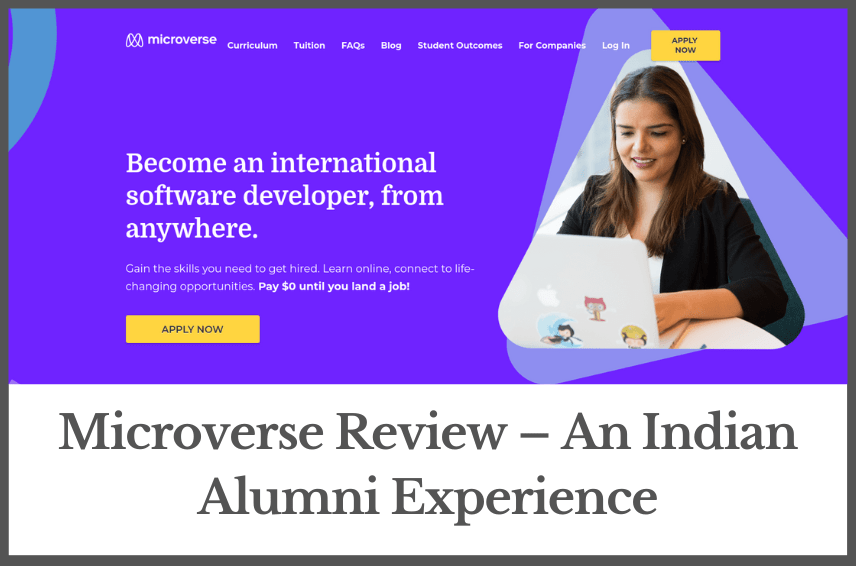
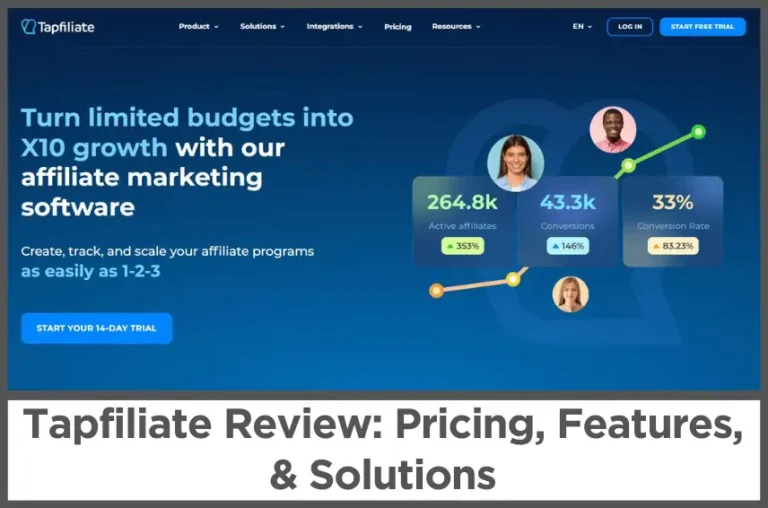
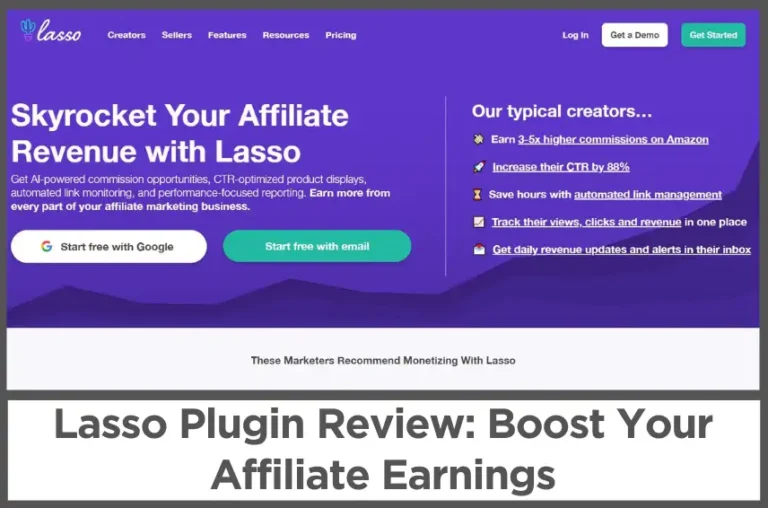


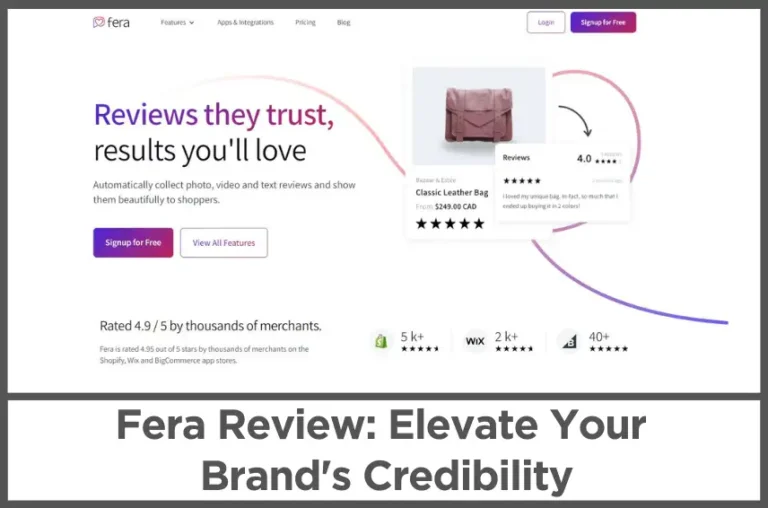


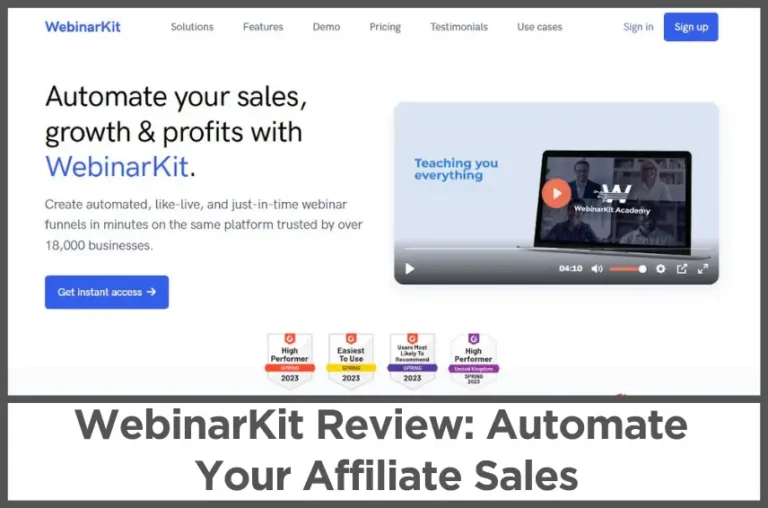



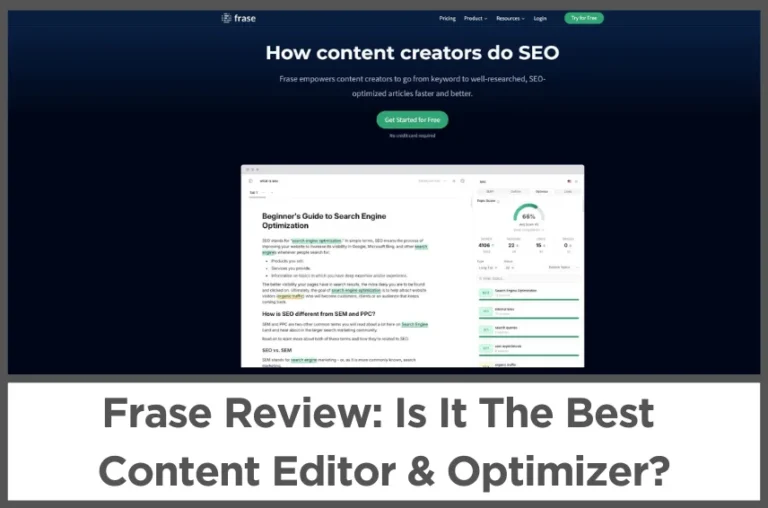
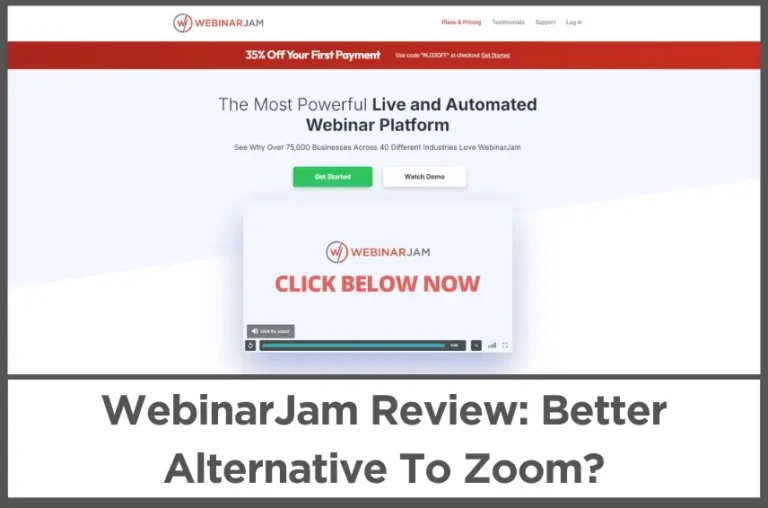
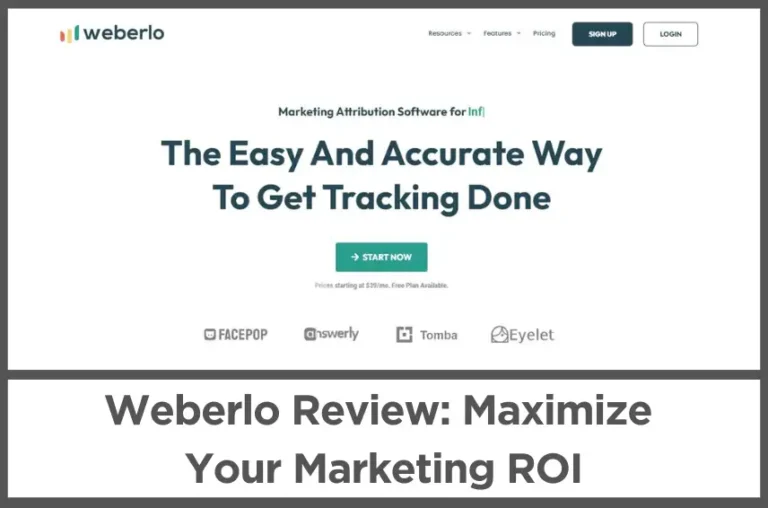

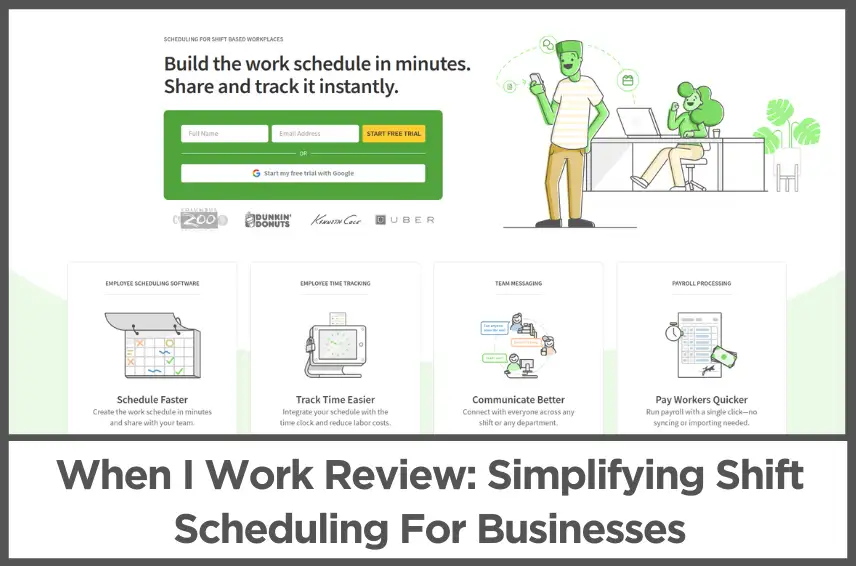



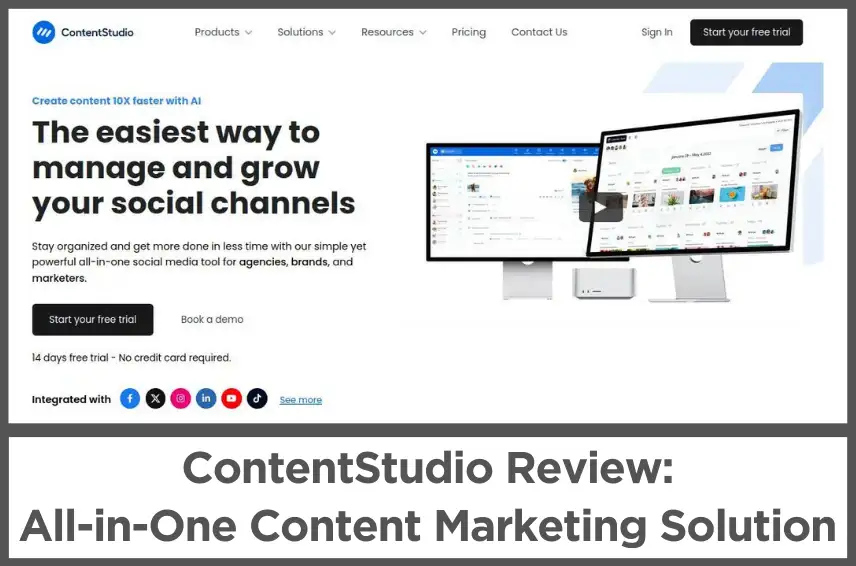



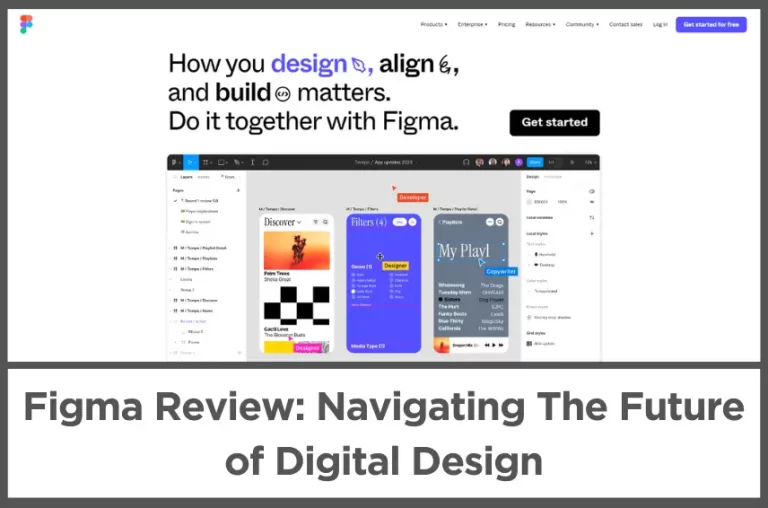



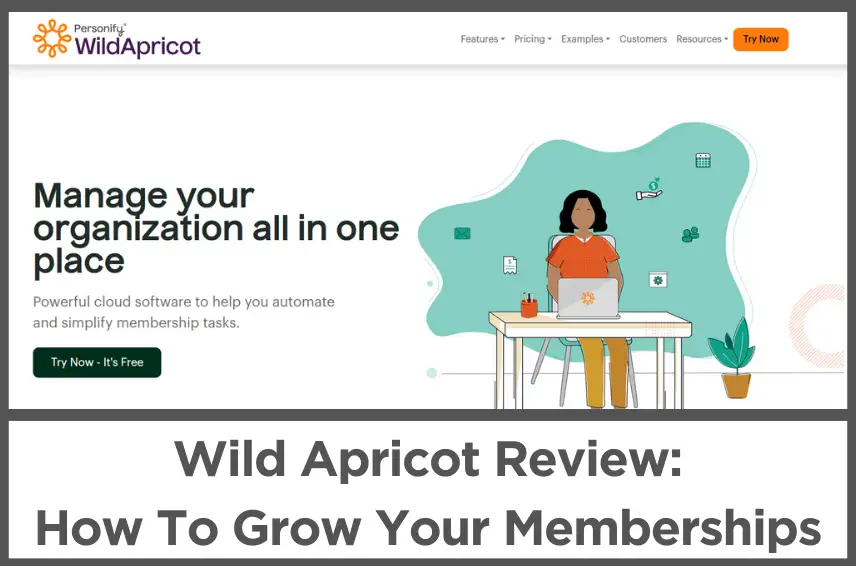







Did you get the job after completing the course or within the course? how long did you take to get the job from the start of the course.
I got the job after completing the course. It took me 3 months to get the job after graduation. From the start of the course, it took me 10 months to get the job.
Hi.Can I ask country of origin of the company of your first job after graduating from microverse and the amount of the first salary.
I got placed for a New York, USA company for 10$/hr.
Hey Abhigyan
Would you suggest to join this program if i am in my last semester. I’m a bachelor’s 3yr student also I’ve been doing bsc in data science and programming.
Also I want to know if i clear the interview can I join later or do I have to again clear all rounds for microverse .
Thanks
Hi, if you are really looking to get into a remote developer role, then I suggest you should join. My end goal was to get a remote developer job without paying anything upfront. I wish Microverse existed when I was in my final year of graduation. Once you clear the interview, you can talk with the student support team regarding your joining. You don’t have to clear all the rounds again. Usually, the batches get filled up quick and most likely you won’t start attending classes within 3 months after you clear the rounds. In my case, I applied in April 2020, cleared their rounds by June first week, but was only able to start in August 2020 since there were no vacancies in the previous batches. Hope this helps!
Thanks for your blog, nice to read. Do not stop.
I like your writing very much! Thanks for sharing.
Thanks Mark!
Hi Abhigyan, can you please mention your complete timeline from applying, joining at microverse to when you completed your technical curriculum.
I applied in April 2020, cleared their rounds by June first week. And then I got enrolled on their August 2020 batch. I completed the entire course in March 2021. After that I was in ‘Job Search’ Module for almost 2 months. I got my job in May 2021, 2nd week.